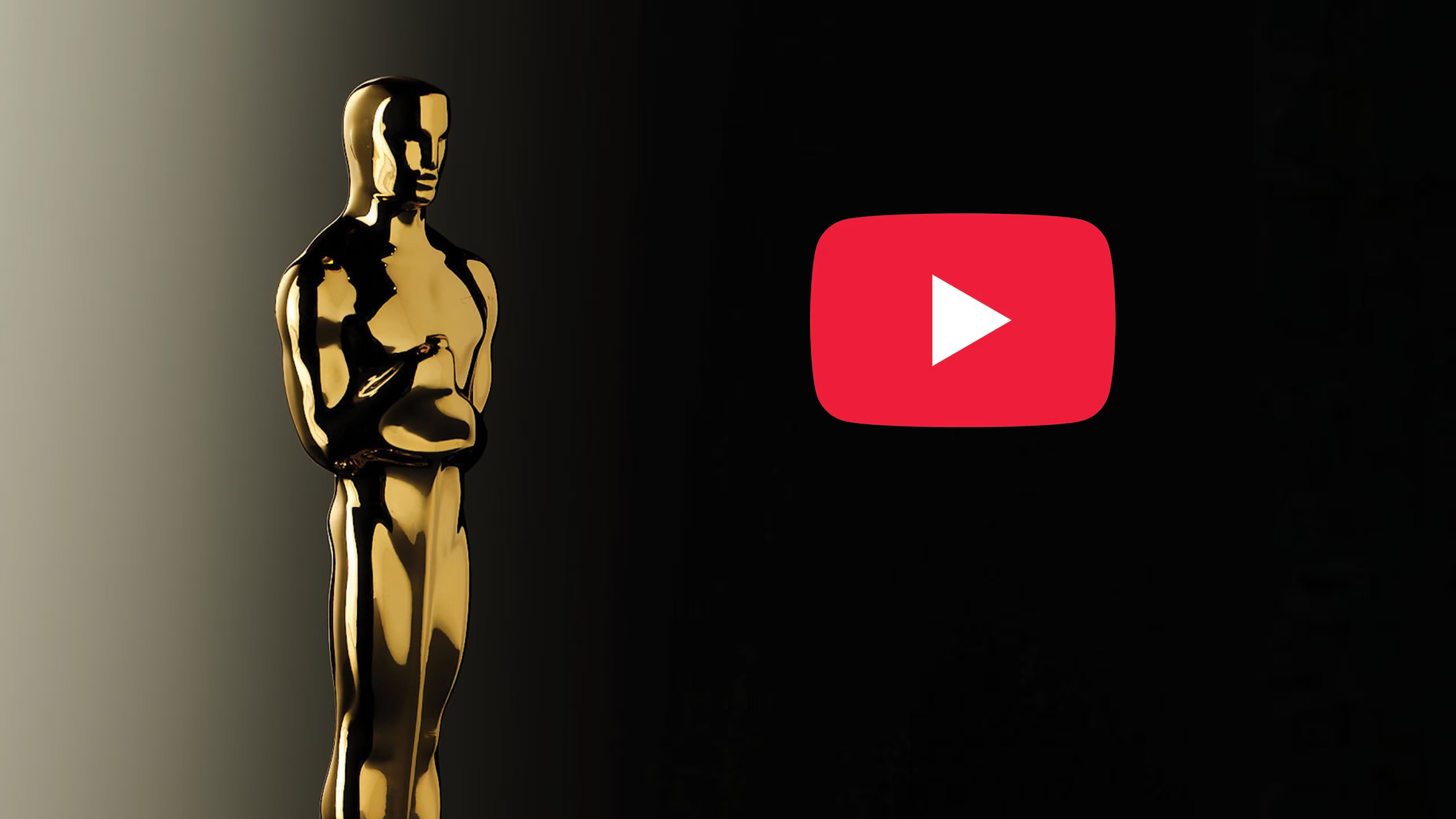The FCC has posted a new Troubleshooting Guide for Digital-to-Analog Converter Boxes and Digital Televisions that addresses common problems viewers may experience setting up their DTV converter boxes or DTV sets for over-the-air reception. The new guide provides more information on antenna requirements, antenna positioning and channel scanning. It offers step-by-step instructions for troubleshooting reception problems such as verifying the converter box menu is visible on the TV set.
"Small adjustments to your antenna can make a big difference in the number of digital channels you can receive," the guide says. "If you have an indoor antenna, try elevating it and moving it closer to an exterior wall of your home. After adjusting your antenna, perform another channel scan to see if your reception is improved."
Additional instructions describe how to adjust the antenna using the signal strength meter on the tuner. The guide wisely advises viewers to do channel scans periodically "to check whether additional digital channels have become available." With that advice and the advice to "make sure you are using an antenna that covers both the VHF and UHF bands and have connected it properly," viewers should be less likely to lose reception of stations moving from UHF to VHF channels.
Other key points in the guide:
- "Simple indoor antennas provide minimal performance that may not be suitable for your location. If you are unable to obtain satisfactory reception with your current indoor antenna, you may wish to obtain an indoor antenna that includes features for better reception of UHF signals and/or an amplifier to boost the received signal (often referred to as an active indoor antenna).
- "When an analog TV signal is weak or receives interference, static, snow, and distortion will often appear on the screen. Digital broadcasting will provide a clear picture; however, if the signal falls below a certain minimum strength, the picture can disappear. This 'cliff effect' means that if you watch analog TV stations that have static and distortion, you may have to adjust or upgrade your antenna system.
- "'Splitters' that are used to connect a single antenna to multiple digital-to-analog converter boxes or digital televisions reduce the amount of signal available to each device. If you are having problems, check whether reception is improved without the splitter. In some cases an 'active' splitter that includes an amplifier can solve the problem.
- "If you are near a station's broadcast tower, reception of that station, as well as other stations, can be impeded by signal 'overload.' Consider using an 'attenuator' or removing amplifiers to improve your reception."
The professional video industry's #1 source for news, trends and product and tech information. Sign up below.

Doug Lung is one of America's foremost authorities on broadcast RF technology. As vice president of Broadcast Technology for NBCUniversal Local, H. Douglas Lung leads NBC and Telemundo-owned stations’ RF and transmission affairs, including microwave, radars, satellite uplinks, and FCC technical filings. Beginning his career in 1976 at KSCI in Los Angeles, Lung has nearly 50 years of experience in broadcast television engineering. Beginning in 1985, he led the engineering department for what was to become the Telemundo network and station group, assisting in the design, construction and installation of the company’s broadcast and cable facilities. Other projects include work on the launch of Hawaii’s first UHF TV station, the rollout and testing of the ATSC mobile-handheld standard, and software development related to the incentive auction TV spectrum repack. A longtime columnist for TV Technology, Doug is also a regular contributor to IEEE Broadcast Technology. He is the recipient of the 2023 NAB Television Engineering Award. He also received a Tech Leadership Award from TV Tech publisher Future plc in 2021 and is a member of the IEEE Broadcast Technology Society and the Society of Broadcast Engineers.
